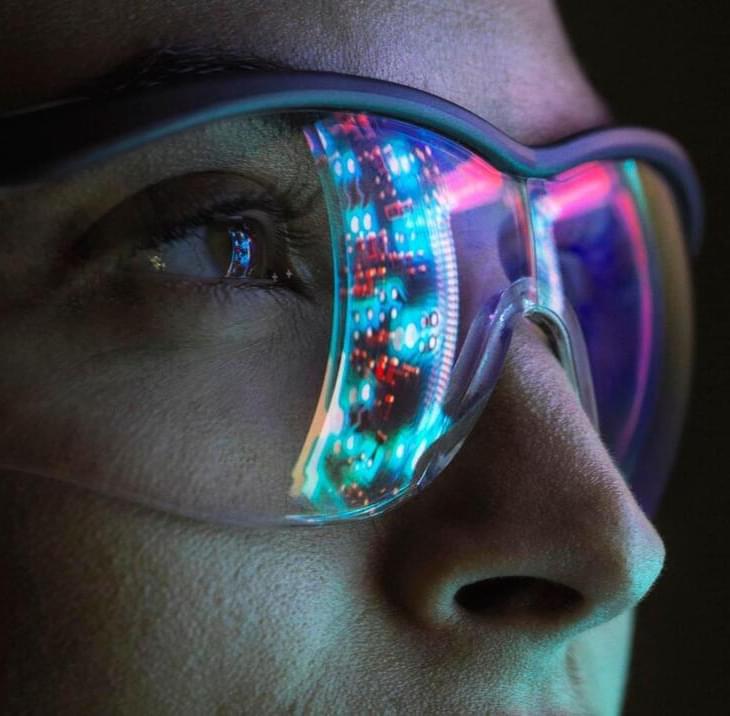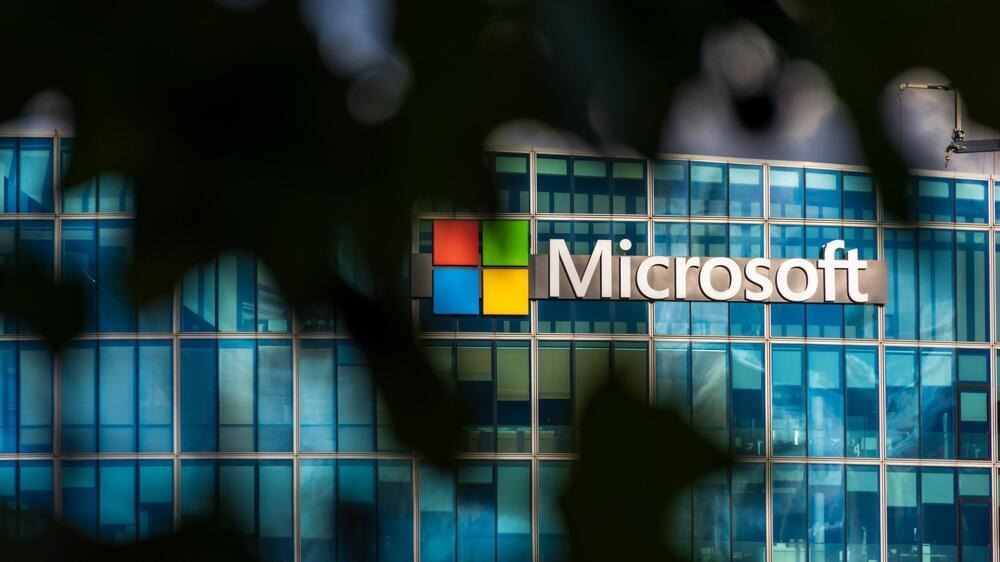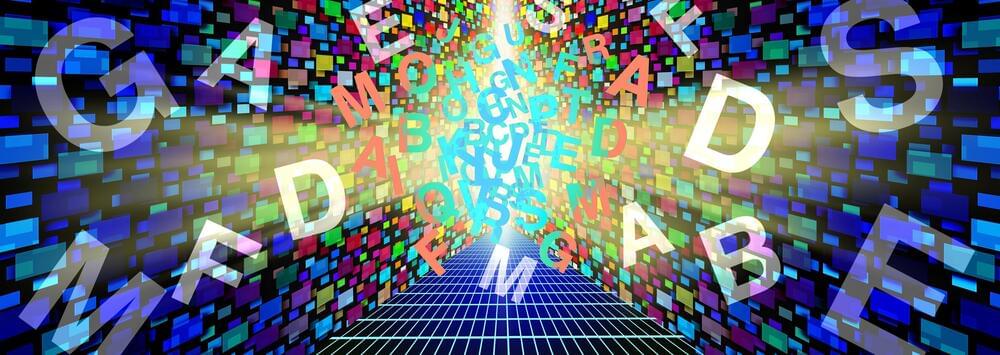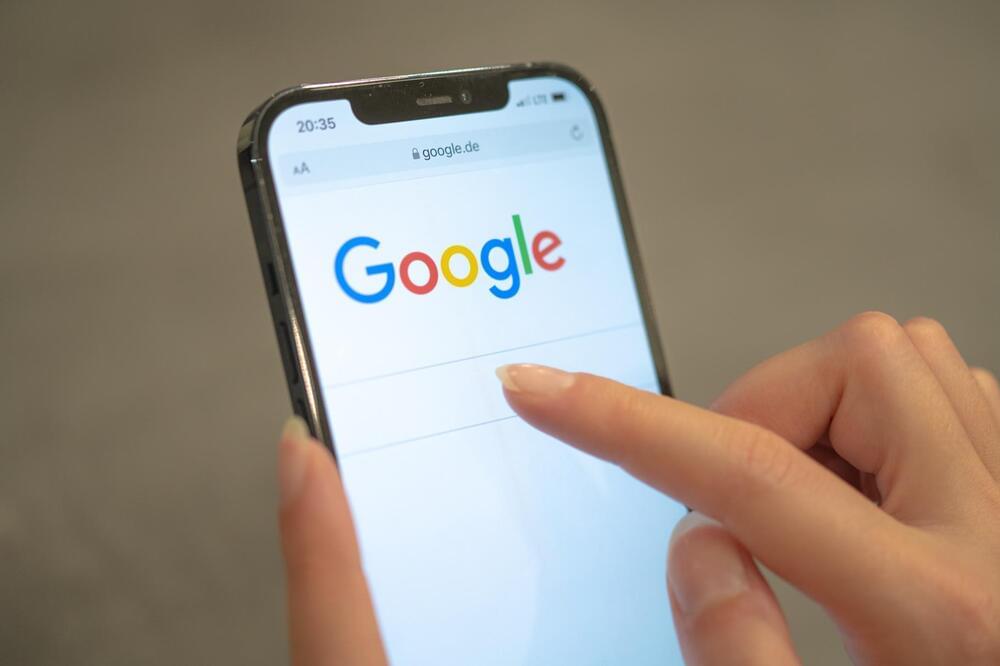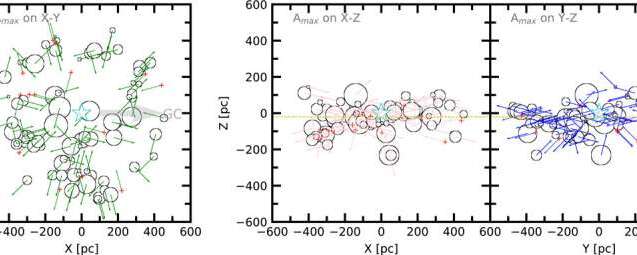😗
Physicists measure and control electron release from metals in the attosecond range.
By superimposing two laser fields of different strengths and frequency, the electron emission of metals can be measured and controlled precisely to a few attoseconds. Physicists from Friedrich-Alexander-Universität Erlangen-Nürnberg (FAU), the University of Rostock and the University of Konstanz have shown that this is the case. The findings could lead to new quantum-mechanical insights and enable electronic circuits that are a million times faster than today.
Light is capable of releasing electrons from metal surfaces. This observation was already made in the first half of the 19th century by Alexandre Edmond Becquerel and later confirmed in various experiments, among others by Heinrich Hertz and Wilhelm Hallwachs. Since the photoelectric effect could not be reconciled with the light wave theory, Albert Einstein came to the conclusion that light must consist not only of waves, but also of particles. He laid the foundation for quantum mechanics.

